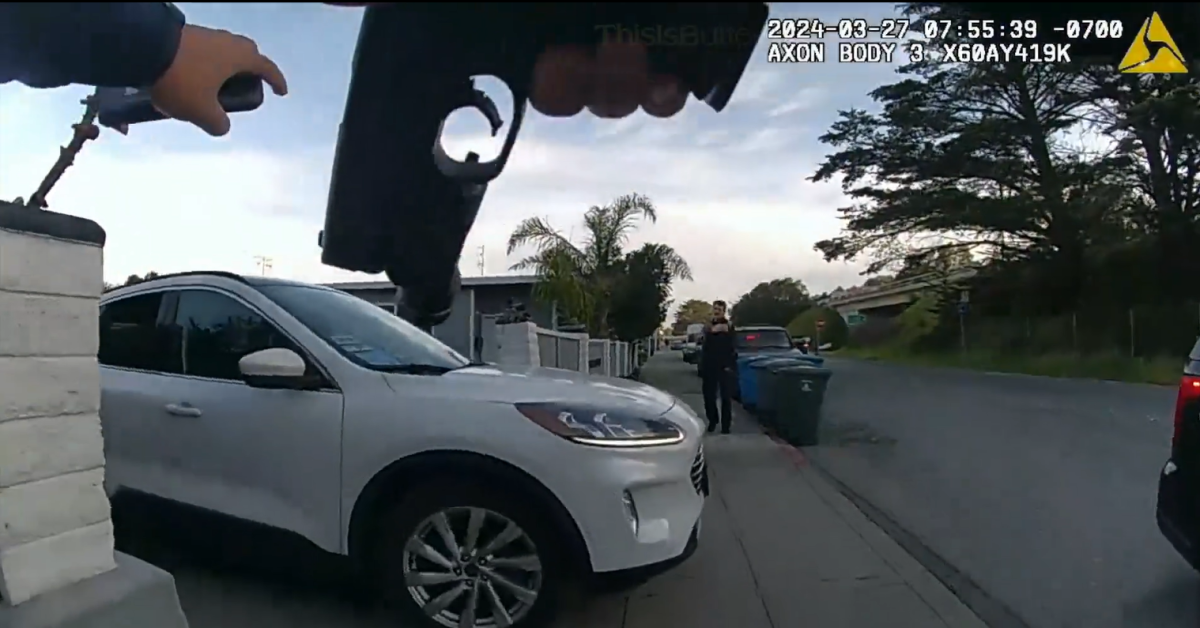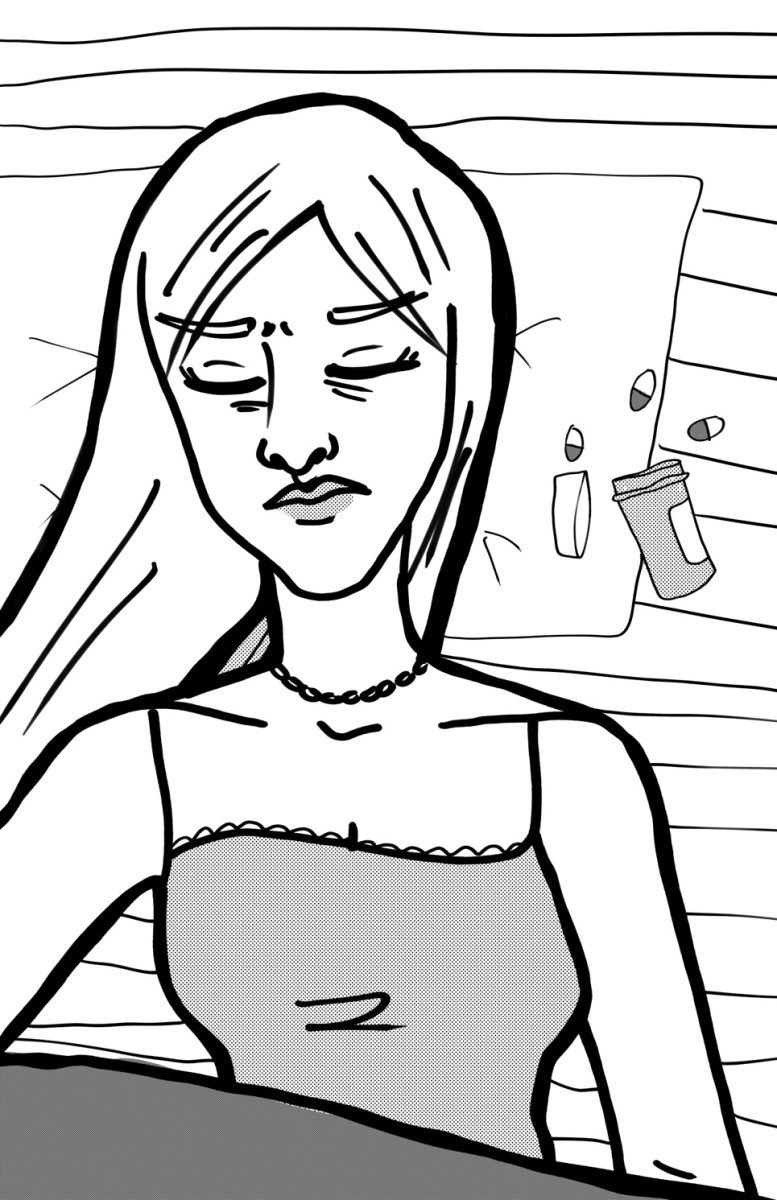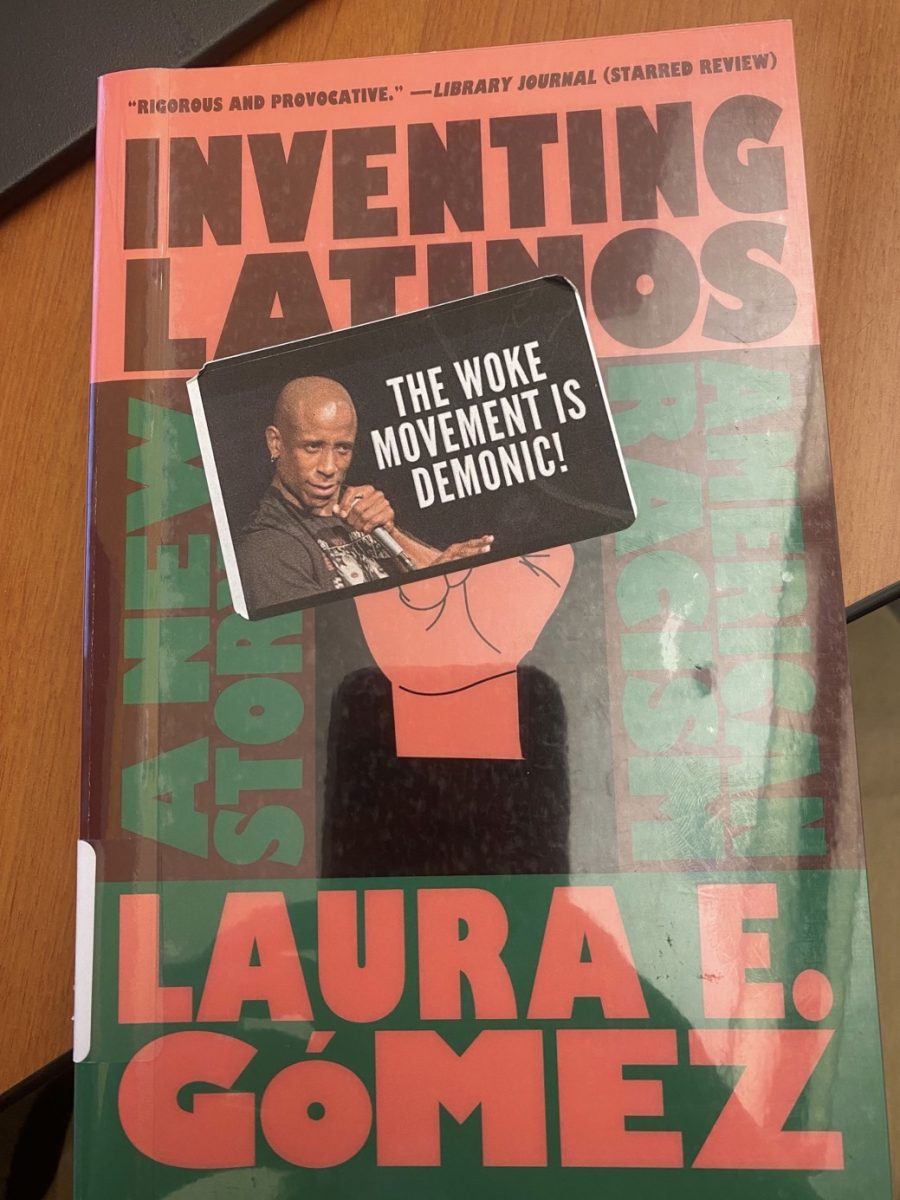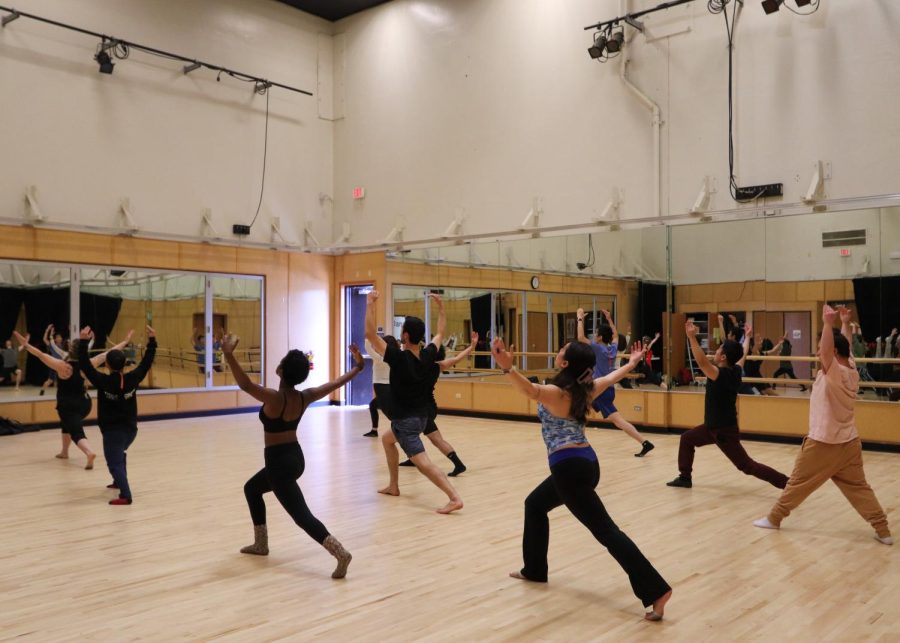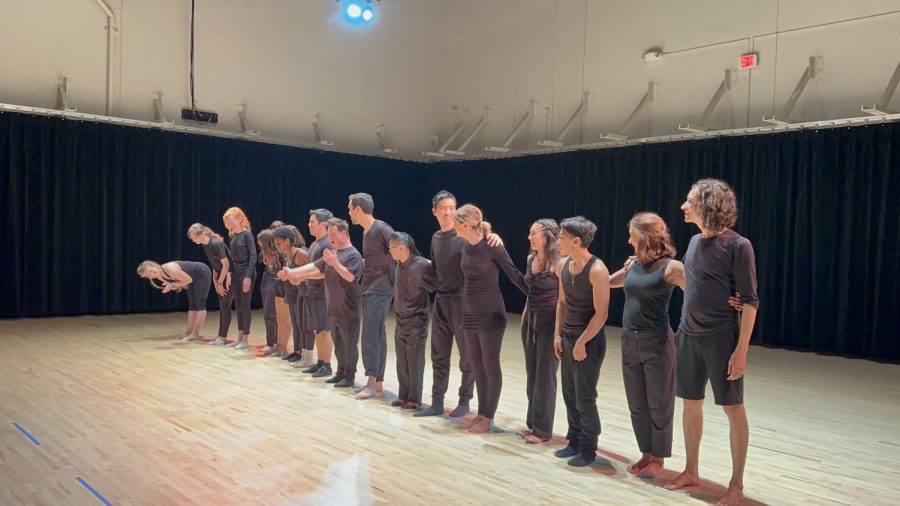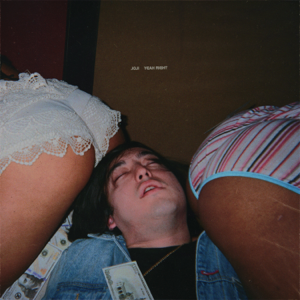The Technopia Art Exhibit was featured in Skyline’s Gallery Theatre on Thursday September 10, between the hours of 5:30 pm and 8:30 pm. The show displayed five different artists’ work, all of whom had a unique style.
For the entire two-and-a-half hours of the show, people were stopping by to appreciate the unique and fresh takes on sculpting and art in general. All five of the featured artists were present and wandering around the room.
The artists were very approachable and friendly, answering any questions spectators had and often diverging into long-winded conversations with them. It was obvious that the visitors were thoroughly enjoying the displays.
Luba Podolsky, a graphic design major at Skyline, said of the exhibit, “I like it. Lots of different stuff I haven’t seen before.”
For Podolsky, who was especially fond of Robert Geshlider’s work, it is always worth it to check out different art medium, as it might inspire something in her art.
Tanya Lin Jaffe, who has worked primarily with black and white photos for the last eight to nine years and has just recently moved to x-rays, says that she “has always been interested in the misuse of technology.”
Often, says Jaffe, she will record several minutes of footage on a video camera but will find only one frame that she really wants. Jaffe’s exhibited work includes a series of pictures, each titled, “In Search of Fertility” as well as a slide of x-rays and artifacts found in a construction zone in San Francisco and salvaged by one of her friends.
This exhibit is the most interactive, begging the visitors to exchange slides and rotate them. If you were to compare Jaffe’s approach to and philosophy of her art, she said, “Imagine if the police force started skateboarding.”
The majority of Andrew Werby’s work is wood carvings, many having the appearance of totem poles or ancient statues.
When asked why he took to wood as a medium, Werby responded, “Wood is relatively inexpensive and it is durable. It captures good detail, especially the exotic woods such as Tupelo.”
Up until about ten years ago, Werby would mostly cast things, such as bronze. Once he was able to obtain a machine that has a tool specifically for carving wood, he switched to wood.
Therese Lahaie submitted an assortment of unorthodox glass designs to the show. Lahaie, who says she has been working with glass for nearly twenty years after “finding solace in the transmitted light through stained glass in her church during college,” uses glass and lighting to great effect, casting unique shadows, unidentifiable shapes and moving images on the walls. One of her pieces titled, “Cassini’s Nocturne” is named after a scientist who discovered why the sun appears to be flat when it is setting.
Robert Geshlider, in addition to having his plaster sculptures on display, also had the high-tech machine that is used to produce the works open to the public. The road to creating these works of art is a multi-step process, but it all starts with designing the three-dimensional model on the computer using the program known as “SolidWorks.”
This is the most time-consuming part of the process, taking several months to complete. After that, the machine divides the design into thousands of horizontal layers, with each layer being no thicker than a regular piece of paper. Then, using regular ink found in most household printers, ink is squirted onto the plaster, one layer at a time, in miniscule drops.
The ink hardens the plaster so that when the bordering plaster is blown away, the inked plaster remains in place and the myriad layers are left, one on top of the other. This machinated sequence takes around ten hours to finish.
Geshlider says that he got into this art form about ten years ago, and there are three main things that drew him to it. According to Geshlider, it is a great way to apply color to a texture, because you can easily do a sculptural collage and it is very simple to fabricate some fairly complex designs. He also describes this process as “instant freedom.”
For those of you wishing to see what art of the future is becoming, this will be a great show to visit. It provides a fresh take on the word “art,” and will open your mind up to the amazing variety of mediums you can use- not just canvas, but paint and clay.
For more information on the artists and their techniques, you can visit www.theskylineview.com and search for the article titled “Come and Visit Technopia” by Frank Romero.



